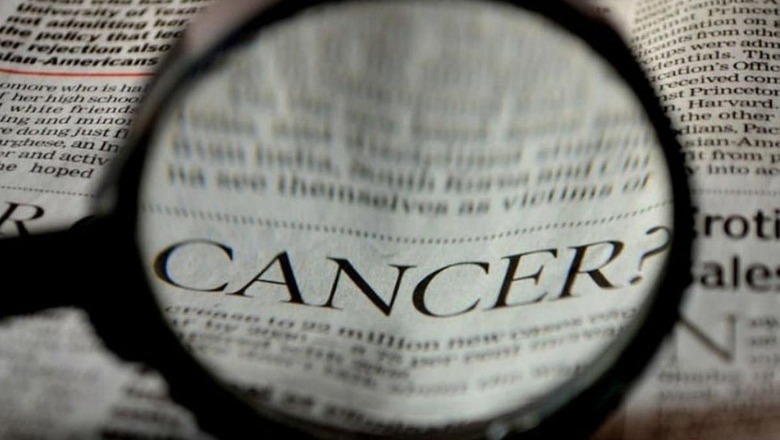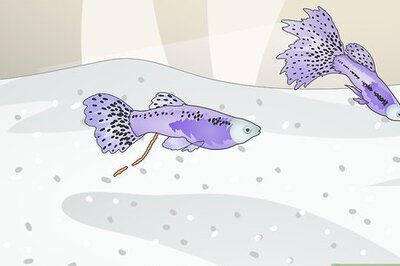
views
According to World Health Organization, every year an estimated 4,00,000 children (0-14 years) develop cancer. Leukemia, brain cancer, lymphomas, and solid tumors, such as neuroblastoma, Wilms tumors Sarcomas are the most common among children. Most childhood cancers are treatable and curable. Deaths from childhood cancer usually happen form lack of diagnosis, delay in diagnosis, inability to access proper care and abandonment of treatment. So, it is important to identify cancer in early stages and with appropriate care over 80% of children can be cured. It becomes imperative that these children are diagnosed early and given referred to appropriate centres for treatment. Usually childhood cancer cannot generally be prevented or identified through screening.
There are a number of early identification signs of childhood cancer that parents and caregivers should be aware of. These signs may be vague or non-specific, and they can be caused by other conditions, but it is important to see a doctor if your child has any of them:
- Fever lasting more than 7 days and associated with sweating at nights
- Unexplained bruising or bleeding., looking pale
- Loss of appetite, loss of weight, and fatigue lasting for months
- Headache that has been getting worse, more in mornings and associated with vomiting
- Change in balance and coordination leading to stumbling, clumsiness, or difficulty walking.
- Bone pains that interrupt child’s activities, waken child at night, and has been increasing
- Eye abnormalities like double vision, squint, white eye reflex that is pupils looking white
- Lump or swellings that do not resolve. This could be anywhere in the body, but it is most common in the abdomen, neck, chest, or armpits.
Early detection of childhood cancer can be a lifeline for affected children and their families. Recognizing the signs and symptoms early can lead to more successful treatments, improved quality of life, and increased survival rates. If you notice any of the aforementioned signs or have concerns about your child’s health, do not hesitate to consult a healthcare professional. Regular check-ups and open communication with healthcare providers are essential in ensuring early identification and timely intervention, ultimately improving the chances of overcoming childhood cancer



















Comments
0 comment